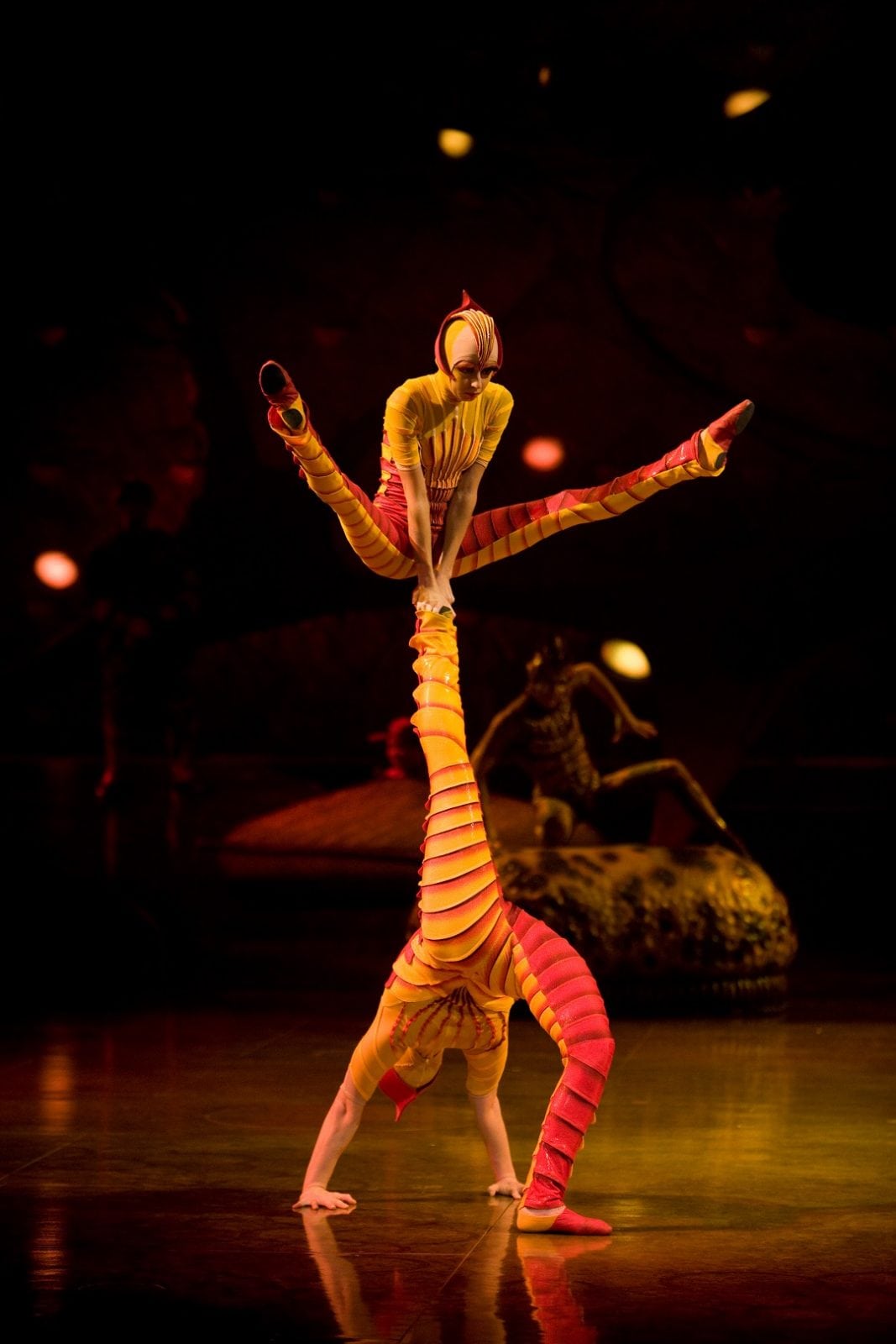

The company employed 4,900 people from 50 countries and generated an annual revenue of approximately US$1 billion in 2017. Ĭirque du Soleil expanded rapidly through the 1990s and 2000s, growing from one show to 19 shows in over 300 cities on six continents.


Īfter financial successes and failures in the late 1980s, Nouvelle Expérience was created-with the direction of Franco Dragone-which not only made Cirque du Soleil profitable by 1990, but allowed it to create new shows. Its theatrical, character-driven approach and the absence of performing animals helped define Cirque du Soleil as the contemporary circus ("nouveau cirque") that it remains today. Their first official production Le Grand Tour du Cirque du Soleil was a success in 1984, and after securing a second year of funding, Laliberté hired Guy Caron from the National Circus School to recreate it as a "proper circus". Their initial financial hardship was relieved in 1983 by a government grant from the Canada Council for the Arts to perform as part of the 450th anniversary celebrations of Jacques Cartier's voyage to Canada. Originating as a performing troupe called Les Échassiers ( IPA: "The Waders"), they toured Quebec in various forms between 19. Located in the inner-city area of Saint-Michel, it was founded in Baie-Saint-Paul on 16 June 1984 by former street performers Guy Laliberté and Gilles Ste-Croix. Cirque du Soleil ( French:, Quebec "Circus of the Sun" or "Sun Circus") is a Canadian entertainment company and the largest contemporary circus producer in the world.


 0 kommentar(er)
0 kommentar(er)
